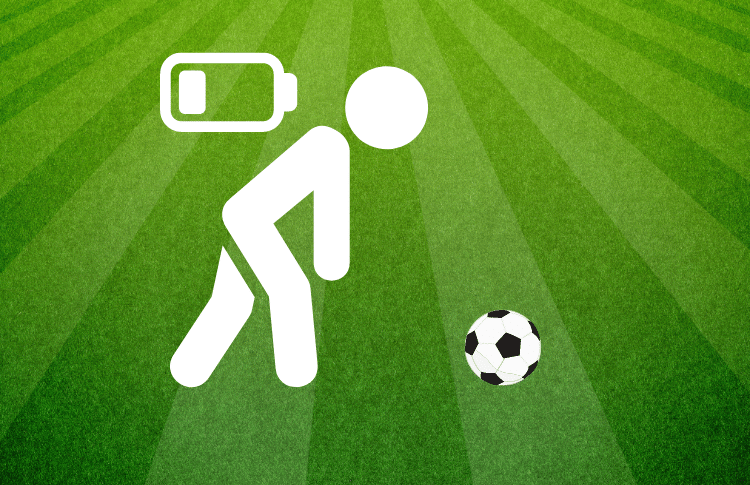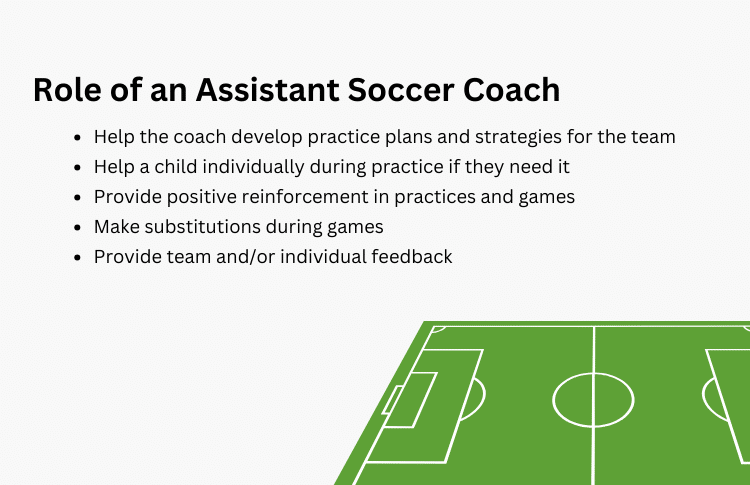Defending Corner Kicks
One of the most difficult situations for a team is defending corner kicks.
Due to a lack of offsides, the uncontested ball in front of the net gives the offense many options to put it in the goal.
From a header to a 50/50 ball in a tight space, a goal off a corner kick can change the trajectory of the game.
However, by defending the corner effectively, teams can make it more challenging for the offense in every situation.
Here are some helpful tips that can help your team stay out of this potentially dangerous situation.
Avoid Corner Kicks
 This might sound obvious but you would be surprised at how many teams decide to concede unnecessary corner kicks. This is often the result of careless and lazy soccer.
This might sound obvious but you would be surprised at how many teams decide to concede unnecessary corner kicks. This is often the result of careless and lazy soccer.
First, the goalkeeper should always grab the ball instead of just trying to tip it over the goal. On some occasions, it’s necessary to punch the ball over to get more extension in the arm but sometimes goalkeepers can secure it.
In addition, defenders should always aim for strong tackles along the sidelines instead of poking it out over the end line.
If a defender gets the ball and is in trouble, the best option is to pass to a teammate. The next best option is to kick it out of bounds along the sidelines. The worst option is to desperately kick it over the end line.
Place Defenders on the Posts
Rather than just leaving the goalkeeper alone to fend for himself or herself, coaches should place a player on each post. This will significantly narrow the goal area and help the goalkeeper cover more ground.
With the two posts covered by defenders and the middle defended by the goalkeeper, the attackers’ only openings are the top corners.
Typically, you’ll want your tallest defenders marking in the middle of the box so using an athletic midfielder or winger to protect the post can be most effective.
Mark with Similar Sized Players
The tallest player on your team should defend against the tallest player from the attacking side. Pair your defending players with attackers similar to them in size.
However, some goalkeepers and coaches would prefer if the tallest player is positioned in the first goalpost, so clear this up with your goalie before the start of the game.
Stick to the Marks
Players should assign their own marks and stick to their player.
Defenders need to be at least an arm’s length away from the attacker. Any farther and it leaves them plenty of room to break free and make a charge at the goal.
In this tight situation, it is not advised to switch or hand off players. This can often lead to more confusion.
Do Not Let the Ball Bounce in the Box
If the ball bounces, it gives the opposing team enough time to make a quick play on the ball.
Defending players should never be afraid to kick the ball out of danger. This may give the offensive team another possession but they will have to reset further away from the goal.
In some rare cases, a defending team who clears the ball away could start a counter-attack for their team. This is the best, but extremely lucky, scenario.
The Defender Should Always be Between the Attacker and the Goal
The defender should never position themselves on the same line as the attacker, or worse let the attacker get between him and the goal.
The defender needs to maintain balance and keep themselves slightly in front of the attacker in relation to the ball when kicked from the corner.
The player needs to be at an angle where he can see his mark and the ball.
If the defender can only see the ball, he or she will lose their mark. If they only see their mark, they won’t know which direction the ball is going.
Immediately after the initial cross clears, the defense needs to fan out. Once the ball clears, the offside rule goes back into play. By moving your defense out, you are forcing the offense to fall back to avoid a possible offside position.
Place Your Attackers Near the Middle of the Pitch
It might seem tempting to crowd your box, but it is not wise to place all your players on defense. This will only encourage the opposing team to bring even more players into your side of the pitch, thereby making counterattacks nearly impossible to pull off.
Place a Player to Guard the Corner Kicker
This has two purposes – one, it prevents easy passes to the closer post, and two, your team will be ready to challenge attackers coming in for the short pass.
Not positioning players near the kick taker will enable the offense to make a short kick, allowing the receiver a clear line of attack at the goal.
Conclusion
With enough team practice, teams will be able to effectively defend a corner kick. On average, a team may be awarded 3-5 corner kicks per game so it is important to put your team in the best position possible.
The teaching points would be to ensure the defending players are all marking someone, they are positioned between the goal and defender, and they need to clear it out.
I hope this article helps your team defend corner kicks!

Written By: SoccerNovo
SoccerNovo is an independent youth soccer media brand built to help parents, players, and coaches better understand the game and the pathways available in U.S. soccer. Our mission is to make youth soccer simpler, clearer, and more accessible for everyone involved in it.
Let’s connect







